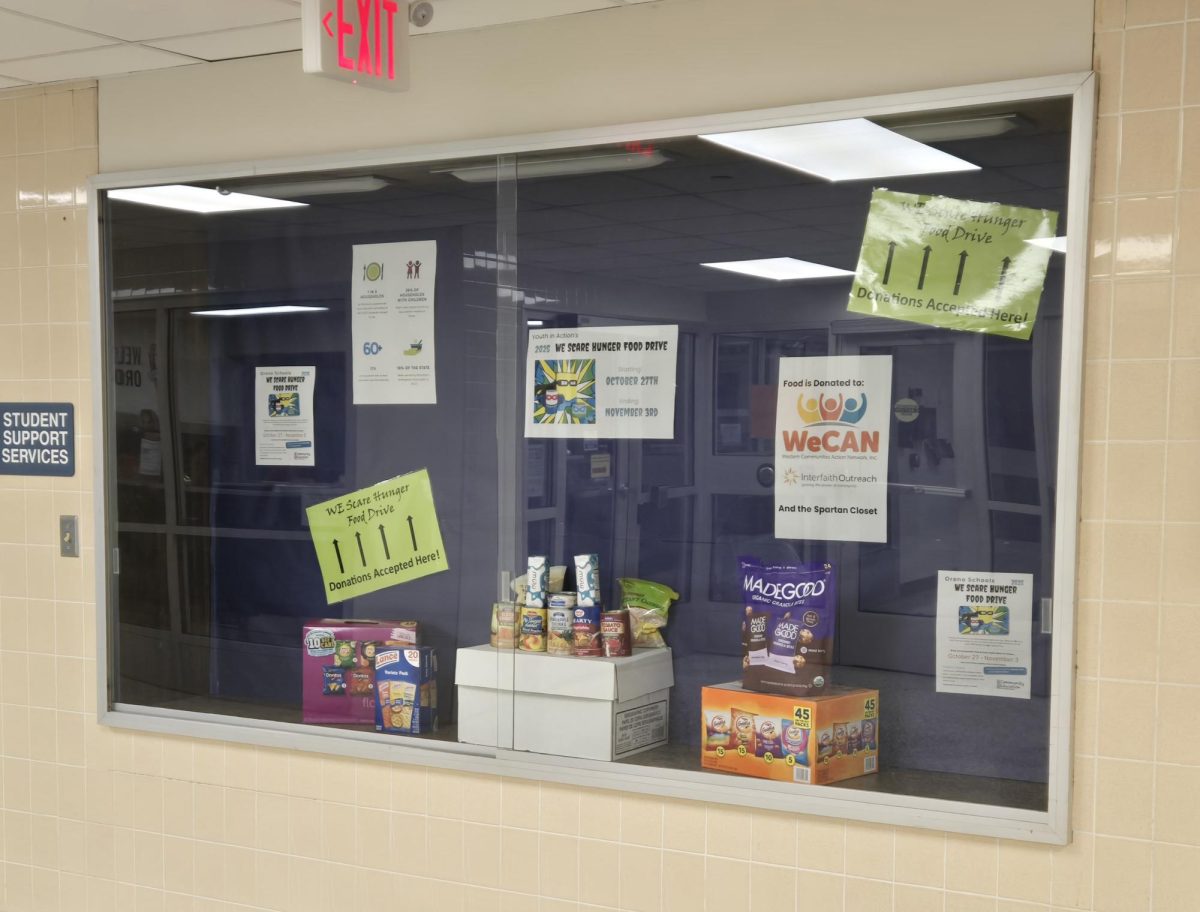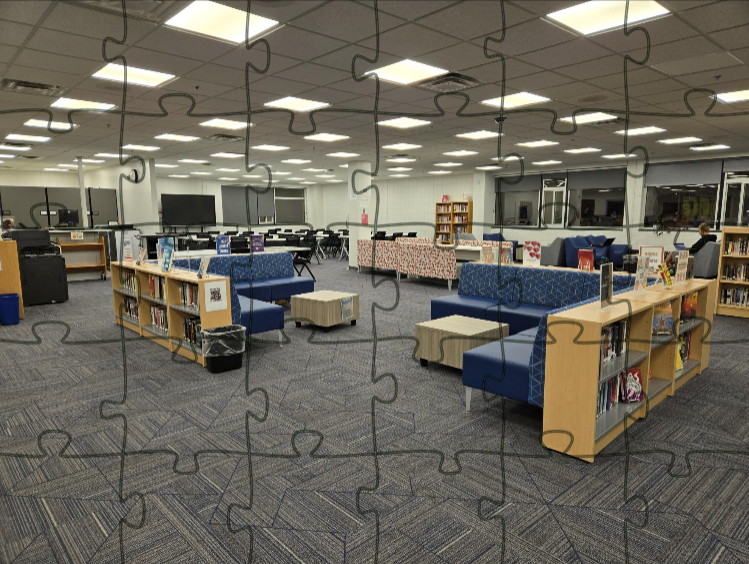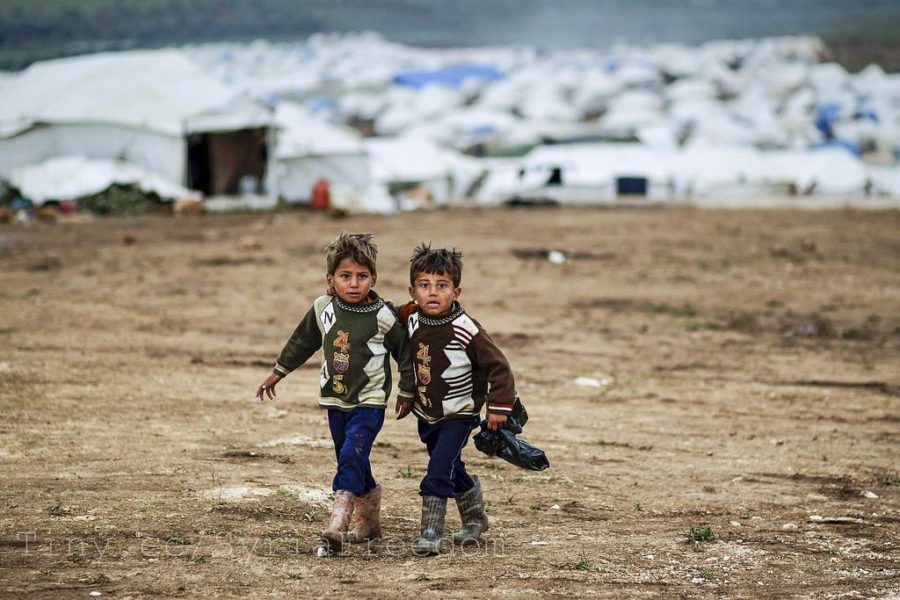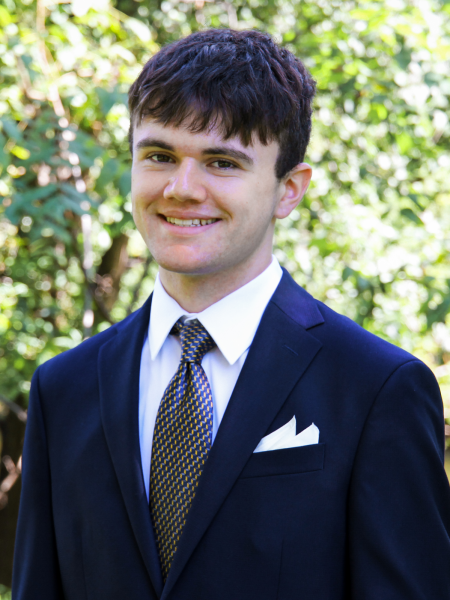Syrian Refugee Crisis Affects Everyone
November 12, 2015
In Syria, across the Atlantic Ocean, many native people have been facing relentless torment, primarily because of the civil war that started March of 2011. More than half of Syria’s population have been forced from their homes, and millions have fled to neighboring countries. There are many that are still fleeing. Because of this, 7.6 million refugees are now interspersed throughout Syria.
About half of the total refugees are making dangerous attempts to flee to Europe. Many Syrians have been killed, and several more have been wounded or permanently disabled. Most Syrians have relocated to Turkey, Lebanon, Iraq or Jordan. Here in the U.S., the government has decided to accept 15,000 more refugees into the country.
In March of 2011 a peaceful government protest escalated quickly when Syria’s government brought about violence, and the rebels retaliated. Unfortunately, the war hasn’t become much better. Today, bombs are destroying Syrian soil, and the lives of those who live on it. Crowded cities are under attack and human rights are being violated all over Syria.
Food and medical supplies are sparse for these fleeing refugees, and an airstrike on an ISIS target in Syria, launched in October, will likely cause more Syrians to flee for their life. Families have to run towards the border under the cover of night in order to escape bombs, snipers, and soldiers that take young men fight in the regime.
Thankfully there is a great deal that is being done to help these refugees, and much of the help is close to their original home. Camp Za’atari in Jordan opened July 2012, and is the first official refugee camp, being a destination for newly arrived Syrian escapees. To make the place feel like home, the camp has been well structured to include a shopping center, and sports fields and schools for the children.
In addition, Azraq camp opened in April 2014 and is trying to provide a sense of community and security for its refugees. They provide them with well structured buildings instead of tents, with “streets” and “villages”. Not all refugees accept the hospitality of the camps, though. In fact, most refugees don’t live in camps, because they feel crowded or trapped. Often they will live in nearby towns for safety.
The United Nations, which funds camps such as these, are now claiming to be running out of money. Refugees in Turkey are facing the trial of not being able to settle down. They are only allowed to stay short term, because legally they cannot work there. Without work, they cannot pay to live there. This, unfortunately, is where the main problem rests.
In America, refugees wanting to enter the country face opposition among the American citizens. First off, many Americans feel that President Obama hasn’t done enough to help the problem in Syria, before it got as big as it is. Some say that America as a country has had a hand in the crisis of the Middle East, because of the invasion the country made in Iraq in 2003.
Americans have not been the most welcoming of host countries either. Many don’t want to see these people enter their country, whether it is because of the fear of losing jobs or their way of life. Some parents also have felt that the new refugees would crowd the schools all over America. Another common opposition of receiving refugees into America is the complicated matter of returning them back into their home country. In contradiction to these arguments, others say that it is their responsibility, as humans, to help them in any way we can.
Syrians all over the world are fighting for survival. They’re not safe at home, and are still at risk in neighboring countries. Although many organizations have reached out to help these individuals and families, not enough can be done to end the problem permanently. A war still rages on, and lives are still being taken by the Syrian government. Every day is a life or death battle for most living in and around Syria. The saddening question is, when will this ever end?





























































